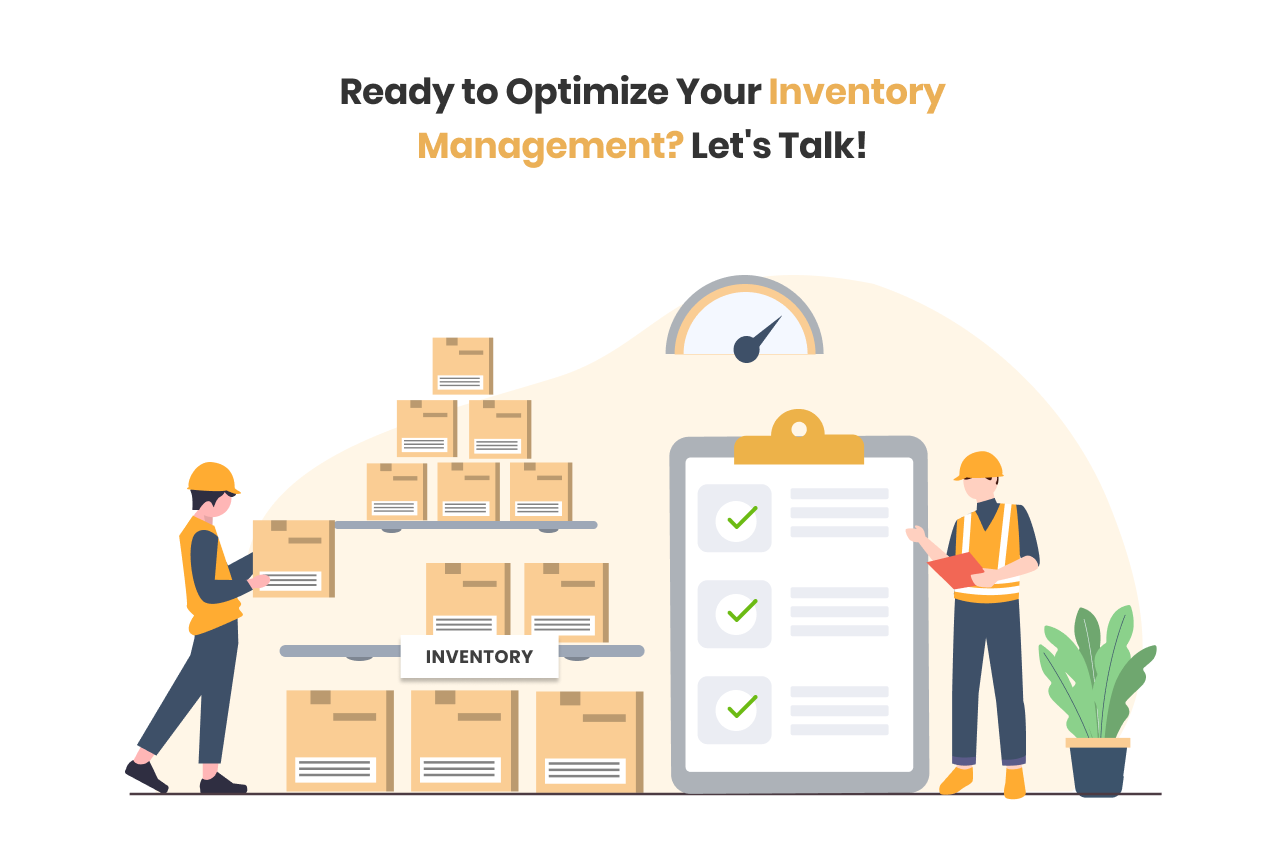We understand the importance of having a well-optimised inventory system in place to ensure smooth operations, customer satisfaction, and, ultimately, increased profitability. In this comprehensive guide, we will delve deep into the world of inventory management, providing you with invaluable insights, strategies, and tips to help you outrank your competitors and achieve mastery in this crucial aspect of your
Why Inventory Management Matters
Effective inventory management is not just a buzzword; it’s the lifeblood of any business that deals with physical products. Whether you run a retail store, an e-commerce platform, or a manufacturing facility, managing your inventory efficiently is essential. Let’s explore the key reasons why inventory management matters:
1. Cost Efficiency
Optimising your inventory reduces carrying costs, warehousing expenses, and the risk of overstocking or understocking. By finding the right balance, you can significantly cut down on unnecessary expenses and boost your bottom line.
2. Customer Satisfaction
Nothing disappoints customers more than ordering a product that’s out of stock. Effective inventory management ensures that you have the right products in the right quantities at all times, leading to happy and loyal customers.
3. Competitive Advantage
In today’s competitive business landscape, staying one step ahead of your competitors is crucial. An efficient inventory management system can give you a significant edge, allowing you to fulfil orders faster and offer better prices.
4. Business Scalability
As your business grows, so does your inventory. Without a proper management system in place, scaling up can become a logistical nightmare. Effective inventory management ensures a seamless transition during periods of growth.
Inventory Management Strategies
Now that we’ve established why inventory management is vital let’s dive into some strategies to help you optimise your inventory like a pro:
1. Demand Forecasting
Understanding your customers’ preferences and forecasting demand is key to maintaining the right inventory levels. Utilise historical sales data, market trends, and customer feedback to make accurate predictions.
2. ABC Analysis
Not all products are created equal. Implement the ABC analysis method to categorise your inventory into three groups: A, B, and C, based on their importance and value. Focus your efforts on managing “A” items more closely.
3. Just-In-Time (JIT) Inventory
JIT inventory management involves ordering and receiving inventory only when needed. This strategy reduces storage costs and minimizes the risk of overstocking.
4. Inventory Tracking Software
Invest in cutting-edge inventory tracking software that provides real-time visibility into your inventory. These systems can help you streamline operations, reduce human error, and make informed decisions.
The Future of Inventory Management
As technology continues to advance, the landscape of inventory management is also evolving. Embracing these emerging trends can further optimize your inventory:
1. Artificial Intelligence (AI)
AI-driven inventory management systems can analyze data patterns, predict demand accurately, and suggest replenishment orders, making your inventory management more efficient than ever.
2. Internet of Things (IoT)
IoT devices can provide real-time tracking and monitoring of inventory, ensuring that you’re always aware of stock levels and potential issues.
3. Blockchain Technology
Blockchain offers enhanced transparency and security in the supply chain, reducing the risk of counterfeit products and ensuring product authenticity.
Conclusion
In conclusion, mastering inventory management is not an option; it’s a necessity for businesses looking to thrive in today’s competitive market. By implementing the strategies and embracing the latest technological advancements mentioned in this guide, you’ll be well on your way to optimising your inventory like a pro.
